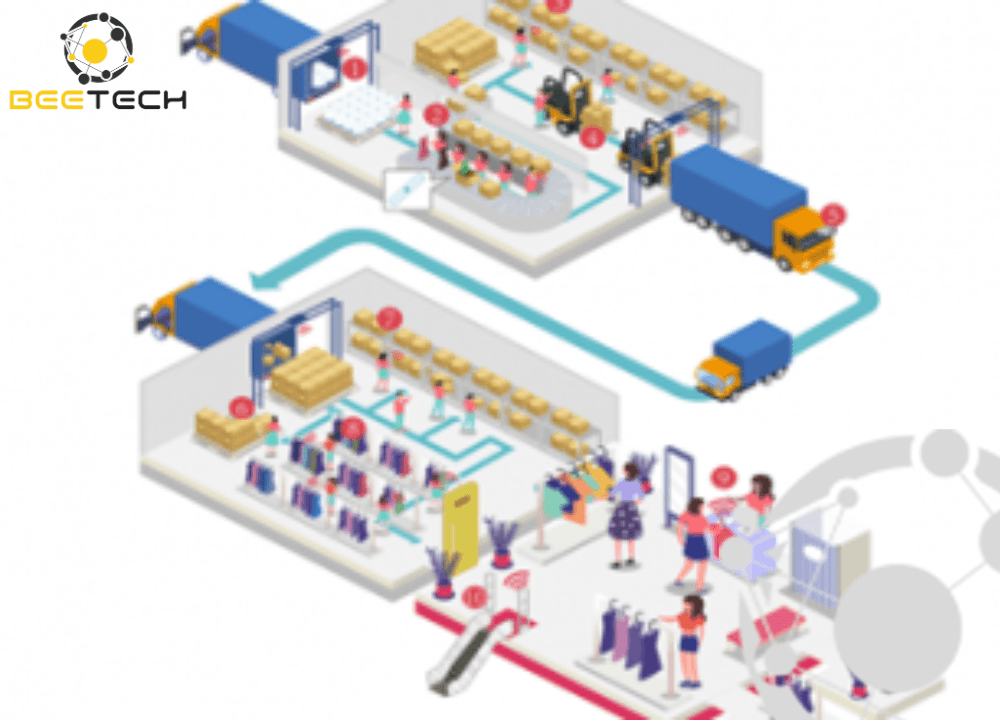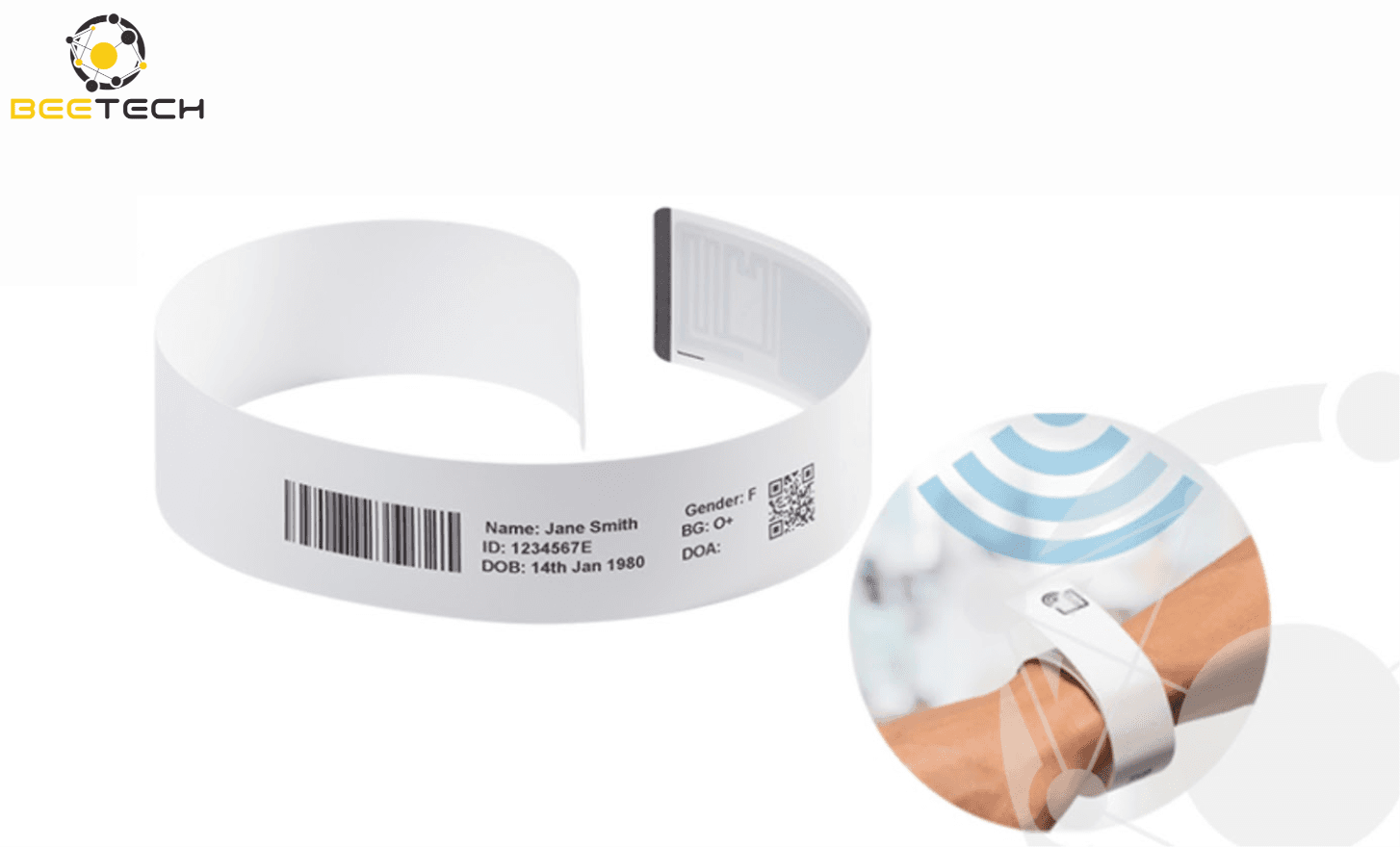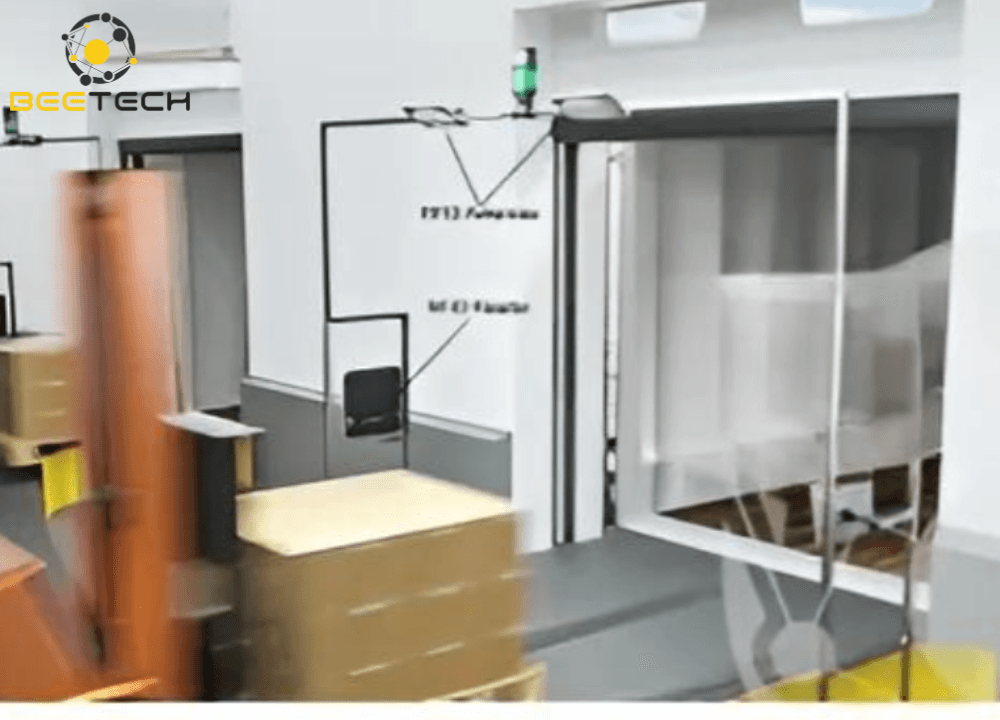80-82 Cao Duc Lan, District 2, HCMC, Vietnam
+84 76 865 6688
info@beetech.com.vn
+84 76 865 6688
About us
Contact us
80-82 Cao Duc Lan, District 2, HCMC, Vietnam
+84 76 865 6688
info@beetech.com.vn
+84 76 865 6688
About us
Contact us

Which RFID Frequency is Right for Your Application?
In today’s digital era, RFID (Radio Frequency Identification) technology has become a powerful tool for businesses to manage inventory, control access, monitor production processes, and enhance customer experience. But the real question isn’t just whether you’re using RFID — it’s whether you’re using the right RFID frequency for your specific application.
Why is choosing the right frequency important? Because each RFID frequency band — LF (Low Frequency), HF (High Frequency), and UHF (Ultra High Frequency) — comes with unique characteristics, strengths, limitations, and ideal use cases. Choosing the wrong frequency can result in poor performance, interference issues, or even a complete system failure.
This comprehensive guide will help you understand each RFID frequency band, its real-world applications, and how to choose the most appropriate one for your business operations. Whether you’re a warehouse manager, system integrator, retail operator, or healthcare provider — this guide is for you.
RFID (Radio Frequency Identification) is a wireless communication technology that uses radio waves to transmit data between a tag and a reader. Unlike barcodes, RFID does not require direct line-of-sight and can read multiple tags simultaneously from greater distances.
However, not all RFID systems are created equal. Their effectiveness largely depends on the frequency band being used — which impacts:
Reading distance
Data transmission speed
Interference resistance
Suitability for specific environments
Frequency range: 125 – 134 kHz
Reading range: 0 – 10 cm
Data speed: Low
Interference resistance: Excellent in metal-rich or wet environments
Livestock and pet tracking
Automotive immobilizer systems
Employee access in industrial zones
Underground worker ID tags (e.g. mining)
Reliable in harsh or metallic environments
Not affected by water or human body proximity
Very short read range
Low data transfer speed
Cannot read multiple tags simultaneously
Frequency range: 13.56 MHz
Reading range: Up to 1 meter
Data speed: Medium
Interference resistance: Moderate
ID cards, access control systems
Library book tracking
NFC-enabled payment and smartphone apps
Patient identification in hospitals
Supports encrypted communication
Compatible with smartphones (NFC technology)
Affordable and widely adopted
Less effective near metal or water
Not suitable for long-range reading
Frequency range: 860 – 960 MHz
Reading range: 1 – 12 meters (up to 100m in ideal conditions)
Data speed: High
Multi-tag reading: Excellent (hundreds at once)
Warehouse and supply chain tracking
Retail item-level tagging
Baggage tracking at airports
Container, vehicle, or asset tracking
Medical device and fixed asset management
Fast read speed over long distances
Can read large volumes of tags in real-time
Ideal for integration with ERP/WMS platforms
Sensitive to interference from liquids and metals (can be mitigated with special tags or shielding)
Higher setup cost compared to LF/HF
| Feature | LF (125-134 kHz) | HF (13.56 MHz) | UHF (860-960 MHz) |
|---|---|---|---|
| Read Range | Very short (≤10 cm) | Medium (≤1 m) | Long (1–12 m+) |
| Data Speed | Low | Medium | High |
| Interference Resistance | Strong | Moderate | Weak |
| Multi-Tag Reading | No | Limited | Excellent |
| Ideal Environment | Wet/metallic | Controlled/office | Open/industrial |
| Tag Cost | Moderate | Low | Variable |
| Sample Use Case | Animal ID | Library systems | Supply chain, retail |
Let’s break it down by industry and application:
| Application | Recommended Frequency | Notes |
|---|---|---|
| Warehouse & Logistics | UHF | Long range and bulk scanning |
| Office/Building Access | HF | Secure, smartphone-compatible |
| Pet & Livestock ID | LF | Stable in body fluids, good for implants |
| Retail (POS & Inventory) | UHF | Enables fast checkouts and stock control |
| Library & Education | HF | Reliable and affordable |
| Healthcare Asset Tracking | HF or UHF | Depends on equipment type and mobility |
| NFC Payments & Mobile ID | HF | Supported by most phones |
When choosing an RFID frequency, consider these factors:
Read range needed (near vs. far)
Environmental conditions (metal, water, temperature, etc.)
Speed and scale of operations (do you need to read one or hundreds of tags?)
Security requirements (e.g. encrypted access vs. open asset tracking)
Integration with existing systems (ERP, POS, WMS, etc.)
Budget – both upfront and maintenance
Also remember:
UHF is not always better. In sensitive environments, HF or LF may be more stable.
Choose RFID readers and tags within the same frequency range to ensure compatibility.
For wet or metallic environments, consider specialized tags or shielding enclosures.
Still not sure which frequency fits your needs? Here’s a quick guide:
| Need | Best Option |
|---|---|
| Read a few items up close in a rough environment | LF |
| Want NFC or smart access with smartphones | HF |
| Need to track hundreds of items across a warehouse | UHF |
| Looking for RFID integration with payment or ID systems | HF |
| Working with animals or harsh weather | LF |
| Running a smart retail store | UHF |
✅ Always pilot a small system before scaling.
✅ Test different tags in your environment.
✅ Work with experienced RFID consultants or integrators.
Selecting the right RFID frequency isn’t just a technical decision — it’s a strategic one. Making the right choice can significantly boost your efficiency, reduce errors, and deliver long-term cost savings.
To recap:
LF is ideal for rugged, metal-heavy, or biological environments
HF is best for smart cards, NFC, and controlled spaces
UHF is perfect for large-scale logistics, retail, and real-time tracking
👉 Need help selecting the right RFID solution for your business?
Contact Beetech today. We provide tailored RFID systems including hardware, software integration, and technical support to help you get the most out of your investment.
📧 Email: info@beetech.com.vn
🌐 Website: www.beetech.com.vn




RFID and Digital ID – Revolutionizing the Food Industry Supply Chain
13/05/2025 09:23:01

Why should RFID tags be used in garment industry management?
13/05/2025 07:29:06

What is an RFID Wristband? Top 5 Reasons to Use an RFID Wristband
09/05/2025 07:05:15

What Is an RFID Gate System and How Does It Work?
09/05/2025 03:51:53

The Role of RFID in Healthcare
09/05/2025 02:55:55

What is RFID and why does it help manage inventory more accurately and efficiently?
06/05/2025 03:09:45